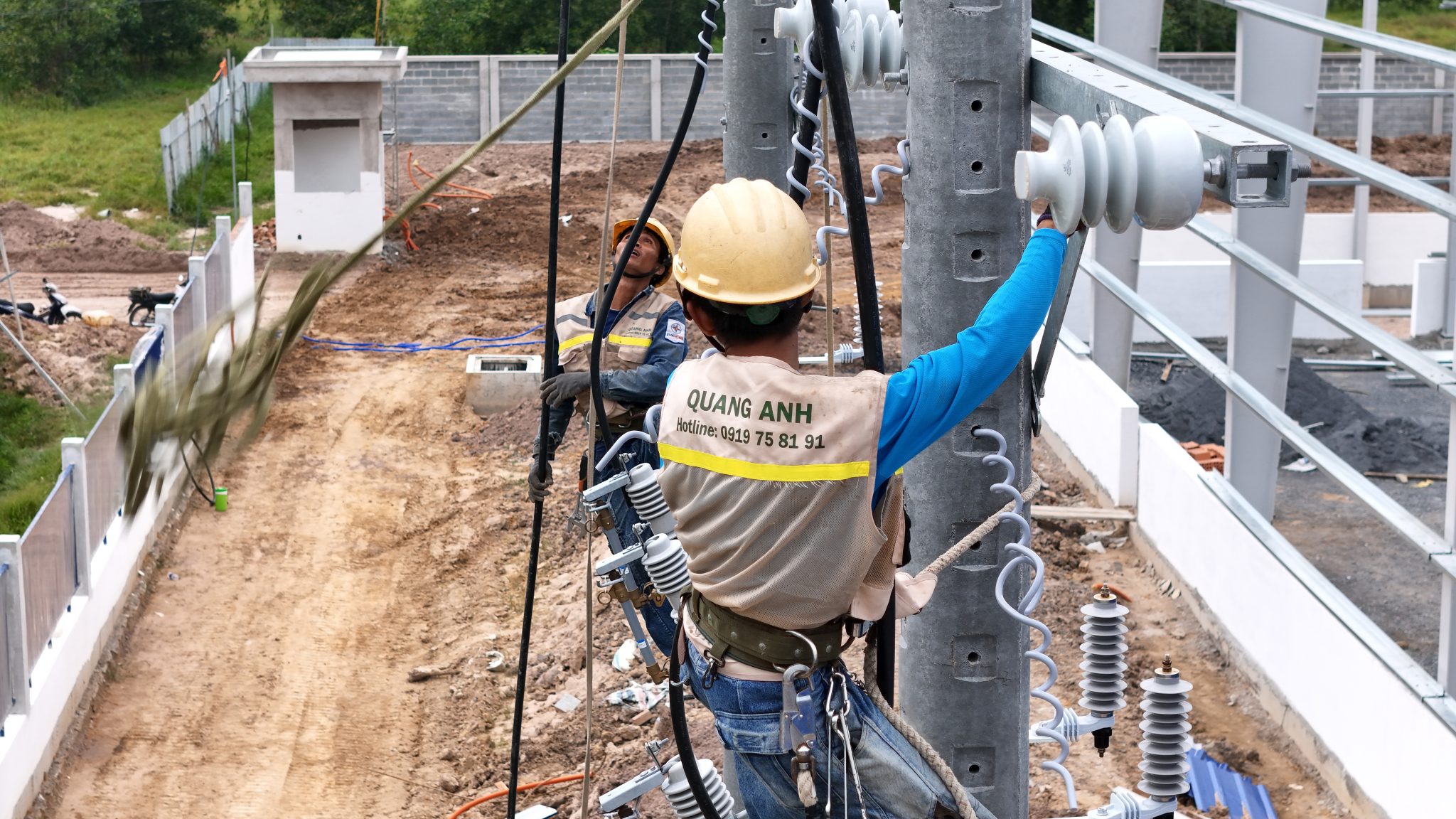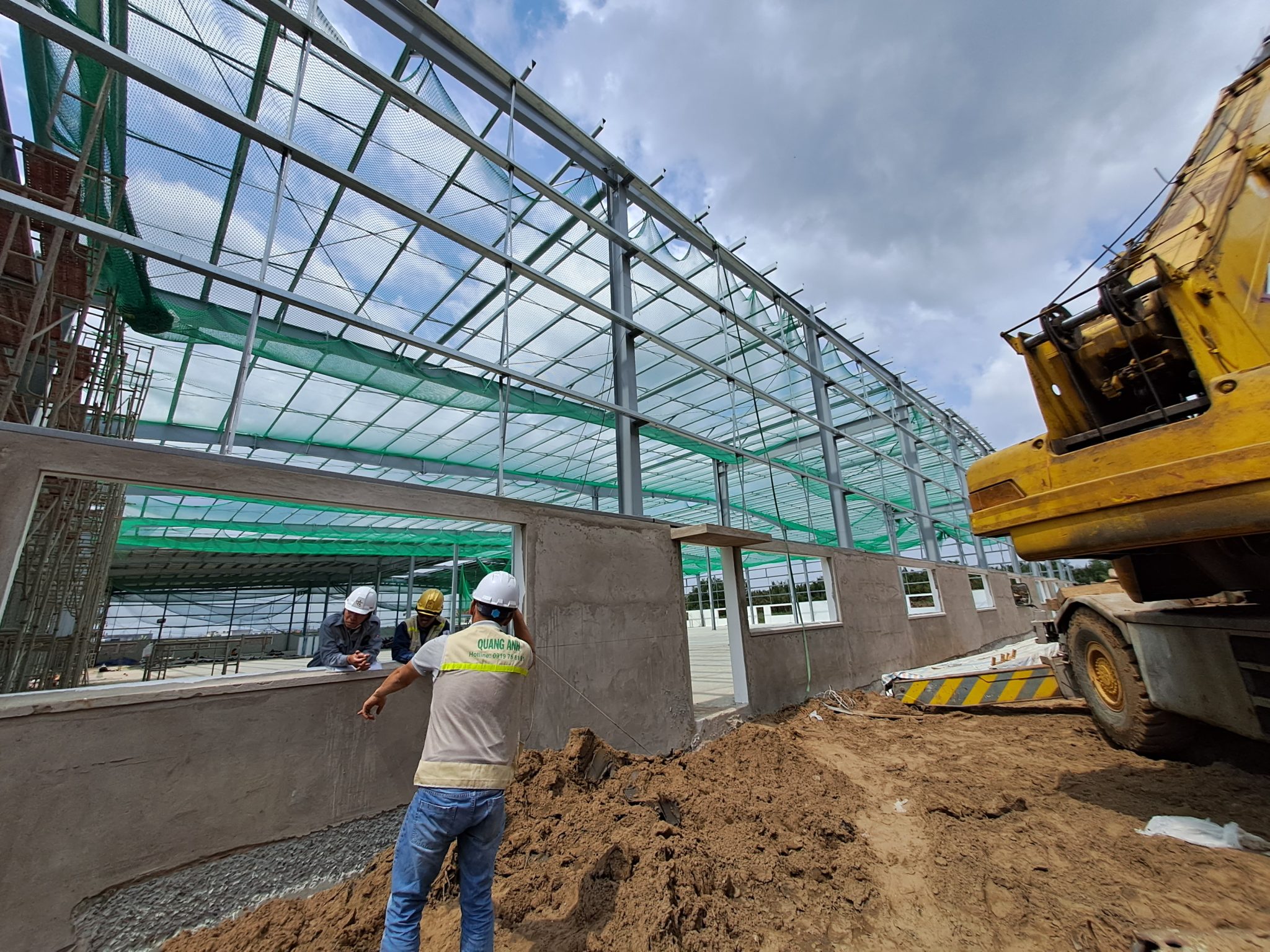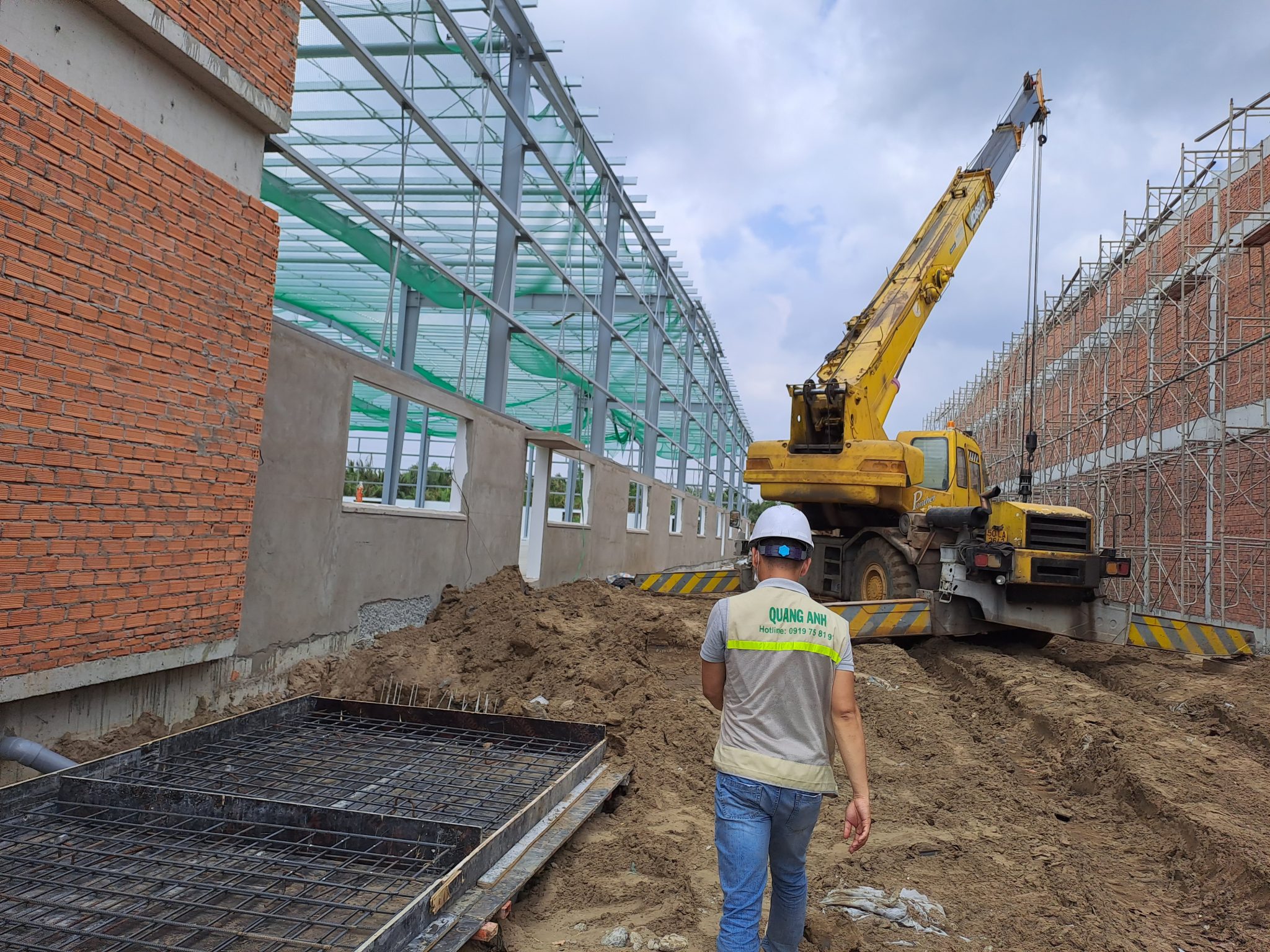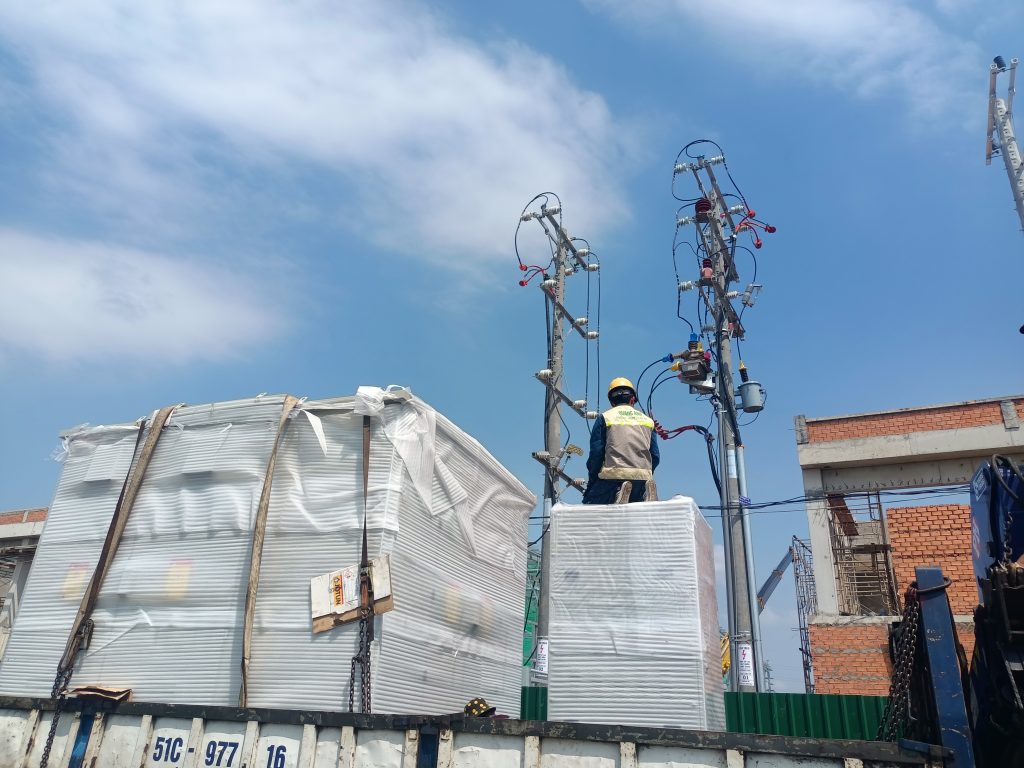News
The Importance of 110kV and 220kV Substations in Power Systems
https://www.youtube.com/watch?v=jUe_IGNILcQ
110kV and 220kV substations play a crucial role in converting and distributing electrical power in the national power system. They receive high voltage and convert it to lower voltage levels.
Functions and Responsibilities of 110kV, 220kV Substations
Functions and Responsibilities of 110kV, 220kV Substations
110kV and 220kV substations are pivotal in ensuring the smooth and safe operation of power systems. They take high voltage from higher tiers and transform it into lower voltage levels for end-user distribution. These substations typically function as intermediate substations, receiving high voltage and converting it into lower voltage levels.
110kV and 220kV substations are vital components in the power system, acting as intermediaries in voltage conversion and power distribution. These substations receive high voltage and convert it to lower voltage levels, tailored for medium voltage system demands.
Voltage Conversion Function
- 110kV – 220kV Substation: This intermediate substation handles the voltage transition from 110kV to 220kV down to levels like 22kV to 35kV. This is essential for efficient power distribution in necessary regions.
Responsibilities of the Substation
-
Voltage Conversion Task: The substation aids in modifying voltage to meet supply standards, ensuring safe and reliable power delivery to different segments of the power system.
-
Power Distribution: The substations are responsible for distributing power after conversion to residential areas, factories, and lower-level substations, playing a crucial role in providing power to end consumers.
Features and Roles
-
Construction Characteristics: 110kV and 220kV substations are usually erected in remote, airy locations to handle large capacities, equipped with large scale switching devices.
-
Role within Power System: Besides voltage conversion, these substations also regulate current, ensuring grid safety and overall system stability.
Substation Classification
-
Intermediate Substations: Receive and process power from 110kV to 220kV, converting to 22kV to 35kV.
-
Distribution Substations: Distribute power from 22kV to 35kV down to levels like 0.22kV to 0.4kV, suited for distribution grid needs.
Hence, 110kV and 220kV substations not only play a role in voltage conversion but also ensure efficient and safe power distribution to the ultimate destination.

Structure and Modern Technology of Substations
110kV and 220kV substations are often constructed outdoors due to the high capacity and size of transformers and protective gear. Some employ modern technology like GIS (Gas Insulation Switchgear), enhancing safety and operational efficiency.
In power distribution systems, substations serve the purpose of transforming voltage to meet the grid’s demand. Advances in substation technology have brought significant improvements in both performance and reliability.
Traditional substation structures include basic components such as transformers, distribution equipment including switches and fuses, and wiring systems. The coordination of these components ensures effective power transmission from the substation to the consumer.
Modern Technology and Application
Modern technologies are increasingly being employed in the construction and operation of substations to minimize risks and optimize performance.
-
GIS Technology (Gas Insulation Switchgear):
GIS technology uses SF6 gas for insulation, reducing the construction footprint and enhancing safety. -
Automation and Remote Monitoring:
With Automation systems and Remote monitoring technology, substation management and oversight become easier. These technologies allow real-time tracking of operational status and swift response to issues. -
Digital Substations:
This advanced technology is being researched and developed to improve the system’s reliability. -
Unmanned Substations (KNT):
Combined with SCADA systems, KNT substations facilitate remote monitoring and lower labor costs. -
Superconducting Technology and Automation Systems:
Superconducting transformers boost transmission efficiency and reduce energy losses. Meanwhile, automation systems enable automatic control and monitoring, increasing accuracy and efficiency.
These advancements are not limited to physical structure improvements but also involve advanced simulation software for substation design and technical analysis.

Classification and Scope of Application of 110kV and 220kV Substations
110kV and 220kV substations act as intermediate stations, receiving power and converting it to voltage levels from 22kV to 35kV. Distribution substations receive power from the intermediate stations and convert it down to 0.4kV – 0.22kV for residential and industrial distribution. By 2030, it’s expected that all substations will operate unmanned thanks to automation and remote monitoring technology.
110kV and 220kV substations are vital in the power supply system acting as high voltage substations. They ensure voltage conversion to meet specific regional requirements.
Substation Classification
-
High Voltage Substations: Including stations with voltages from 66kV to 500kV.
-
110kV Substations are commonly chosen for supplying power to extensive areas like a district due to low investment and operation costs, safety for people and electrical equipment.
-
220kV Substations: Having a larger capacity, serving national power distribution scale.
-
Medium Voltage Substations: Range from 6kV to 35kV, used for smaller areas like towns, medium-sized industrial zones.
-
Low Voltage Substations: Voltage below 0.4kV, applied within residential and small production networks.
Scope of Application
-
110kV Substations receive and convert voltage down to medium voltage (22kV or 35kV), serving larger local areas.
-
220kV Substations receive high-voltage power, often feeding larger regions or main transmission lines, and can reduce voltage to 110kV or 35kV if necessary.
Operational Characteristics
-
Intermediate Substations perform high voltage (110kV – 220kV) to medium voltage (22kV – 35kV) conversion. They are primarily located outdoors to optimize size and safety.
-
Distribution Substations receive power from intermediate stations and convert it down to low voltage (0.4kV – 0.22kV), supporting residential and industrial networks.
110kV and 220kV substations are not only key points in national and regional power grid voltage conversion but also ensure stable electricity supply to various areas.
With the advancement of automation technology, these substations are becoming increasingly intelligent, aiming for unmanned operation, enhancing efficiency and safety.

110kV and 220kV substations hold a core role in the national power system. Technological advancements optimize operational safety, efficiency, and extend the potential application of automation strategies in the future.
Contact QuangAnhcons now for detailed consultation on substation design and construction services via Hotline: +84 9 1975 8191.
QuangAnhcons specializes in providing substation design and construction services, optimizing power system operations, ensuring safety and economic efficiency.

 Tiếng Việt
Tiếng Việt 简体中文
简体中文 Deutsch
Deutsch 日本語
日本語 한국어
한국어 ไทย
ไทย Русский
Русский Français
Français
